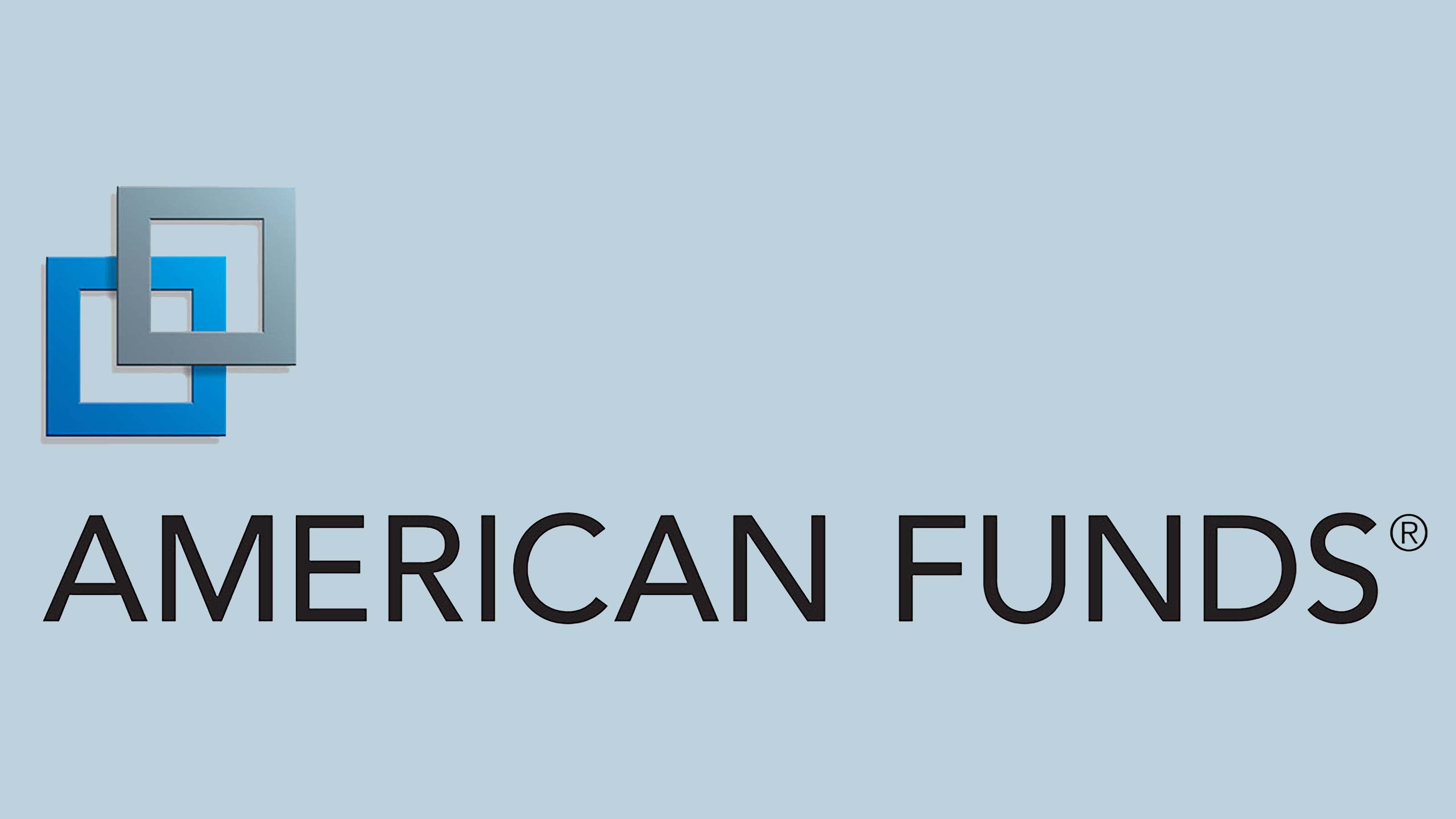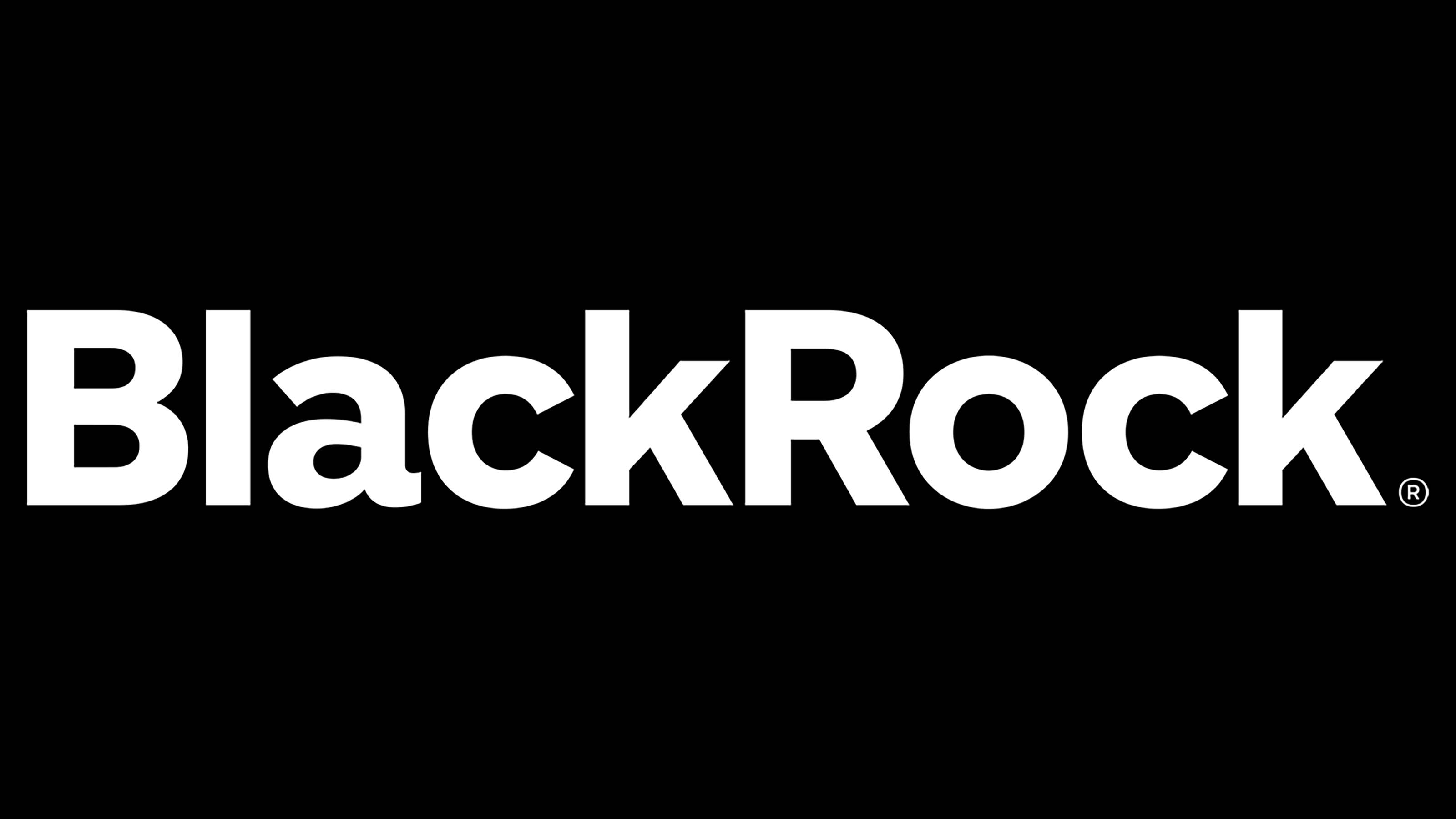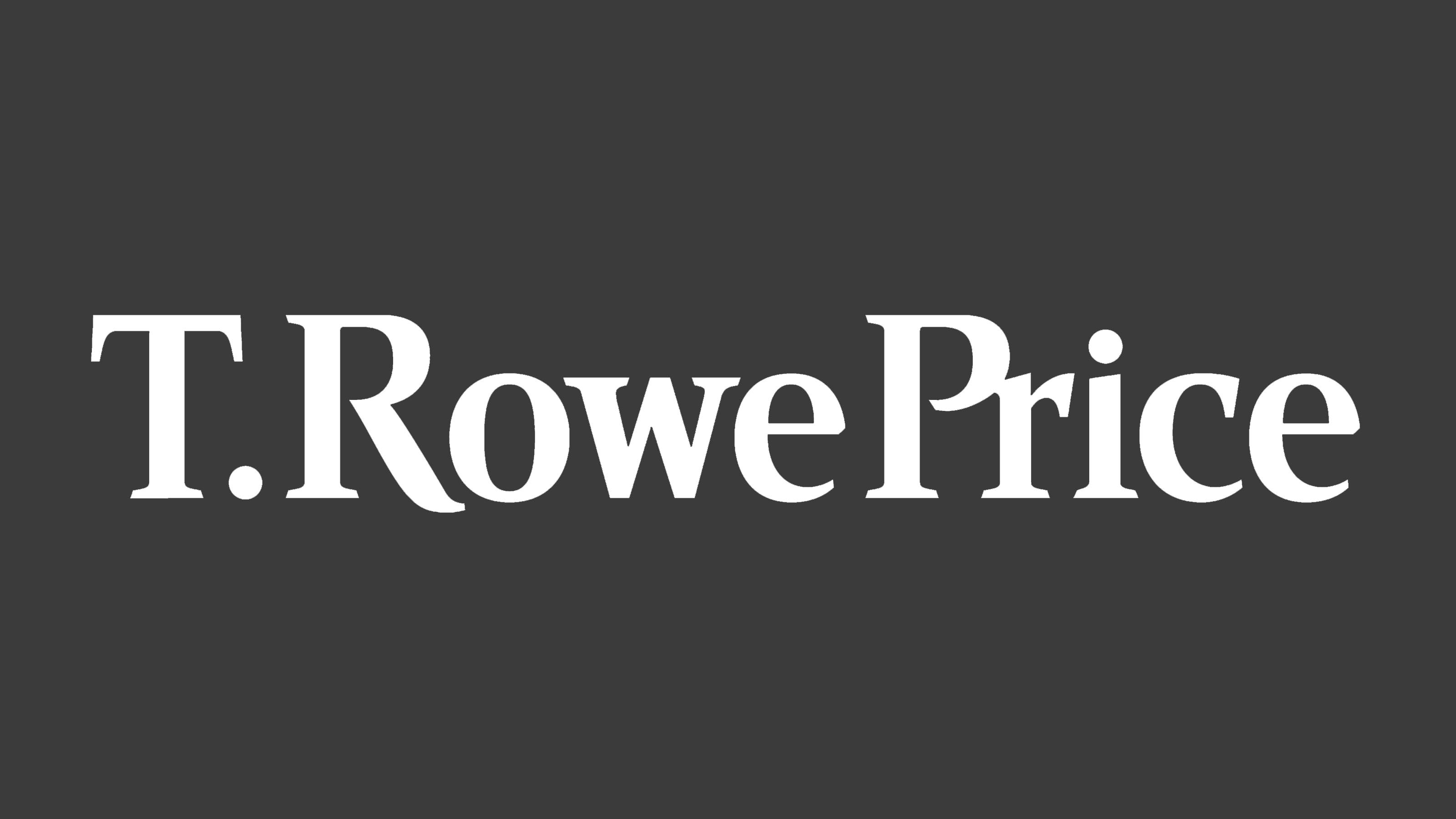Six of the Best Target-Date Funds to Buy Now for Your Retirement
Target-date funds make it easy to save. But be careful about which one you choose.


Americans are well aware that many investors don't have enough saved for the retirement of their dreams. But that doesn't mean they're not doing anything about it. Participants in retirement savings plans socked money away at historic rates in 2023, according to Vanguard. The majority of those contributions – 64% – went into target-date funds.
These set-it-and-forget-it funds are mainstays of retirement savings plans, whether you invest through a workplace plan, such as a 401(k) or 403(b), or independently.
You make a single decision – pick the fund with the target year that's closest to the time you plan to retire – and investment experts handle everything else.

Sign up for Kiplinger’s Free E-Newsletters
Profit and prosper with the best of expert advice on investing, taxes, retirement, personal finance and more - straight to your e-mail.
Profit and prosper with the best of expert advice - straight to your e-mail.
They decide how much to invest in stocks, bonds and other assets; which funds to buy; and whether you need to beef up your exposure to emerging markets stocks or shrink your government bond holdings.
And with every passing year, they adjust the holdings to a more conservative mix as you age. In other words, target-date strategies aim to make investing easy.
Are target-date funds a good idea?
The knock on target-date funds is that only your age is factored into the equation. Other considerations, such as your tolerance for risk, how much you've saved already and whether you have a pension, get no attention.
"People with different goals and different financial situations may not need the same allocation just because they are retiring in the same year," says David Edmisten, an adviser at Next Phase Financial Planning in Prescott, Arizona.
Even so, if you're struggling with how to invest your retirement savings, target-date funds are an easy and solid option.
"It’s better than not investing at all or trying to do it yourself if it's not your passion or your area of expertise," says Eric Figueroa, an adviser at Hesperian Wealth in Folsom, California.
And fees remain fairly low. U.S. target-date mutual funds have an average expense ratio of 0.68%. By contrast, U.S. stock funds have an average expense ratio of 1.04%; taxable bond funds, 0.83%.
Meanwhile, diversification along the target-date "glide path" – the shift in the mix of assets in each fund over time – continues to evolve.
In 2022, to give one example, BlackRock LifePath Index funds ditched a long-standing strategy of holding a single U.S. aggregate bond index fund to represent its fixed-income allocation in favor of holding a handful of bond sector funds.
The move enables managers to fine-tune the portfolio's interest rate sensitivity and credit quality across the series' glide path, says Nick Nefouse, BlackRock's head of retirement solutions. "We're constantly incorporating the findings of our new research into the portfolio."
New types of target-date fund are emerging, too, including one that incorporates an annuity into the asset mix at some point along the glide path in order to offer steady income in retirement. Several fund firms have launched a target-date fund with the option of guaranteed income, according to Morningstar.
To help you understand your workplace offering, or to help you choose a fund on your own, we took a closer look at the six most popular target-date series, measured by net inflows (the sum of money going in minus the money going out). We've included our pros and cons for each strategy below.
Most target-date funds have several share classes (aimed at different types of investors), with varying expenses. The data we cite for each target-date series is for the oldest mutual fund share class, which is often but not always the biggest in terms of assets.
American Funds Target Date Retirement

Capital Group's target-date funds have posted the best returns, relative to their peers in each vintage, of any of the other target-date fund families highlighted here. For example, over each of the past 11 calendar years since 2013, the 2035 Target Date Retirement fund has outpaced its typical peer.
Pros: Over the past decade, each vintage of American Funds' target-date retirement funds has been less volatile than its respective peer, too. Actively managed American funds fill the target-date portfolios, and many of the underlying funds earn high marks from Morningstar.
Expense ratios hover at an average of 0.39% for the oldest share class of these target-date funds. Although that’s more than a target-date series made up entirely of index funds charges, it's dirt cheap for active managers.
Cons: Although we are fans of some of the underlying holdings in this series, such as New Perspective and American Balanced, we're cool about others, including Growth Fund of America and AMCAP, which have posted middling returns relative to peers in recent years.
Blackrock Lifepath Index

Research drives the investment decisions at LifePath Index. The glide path is aggressive, with a nearly all-stock allocation (96%) at the start.
But the shift in the asset mix ends in the target year with roughly 40% in stocks. Says BlackRock's Nefouse, "Our research shows that the best way to maximize spending power is to maintain a fixed asset allocation in retirement."
Pros: These funds are cheap. The average annual fee for the oldest share class is 0.09%.
Cons: LifePath Index funds are strong out of the gate at the start of the glide path, relative to peers, thanks to a weighty exposure to U.S. stocks. But as the funds near their target years, they tend to lag peer funds.
An above-average measure of international stocks relative to peers hasn't helped longer-term returns, as those markets have not done as well as U.S. stocks for several years. The second-biggest holding in the LifePath Index 2030 fund is a 17% stake in the iShares Core MSCI Total International Stock ETF. However, foreign shares have done well in recent months.
Fidelity Freedom Index

Fidelity has been proactive about making changes to its target-date funds over the years.
In 2021, the firm beefed up its exposure to inflation-protected bonds, for example, and made a number of other shifts in its asset allocation.
But the jury is out on whether tinkering with its strategy is paying off. Over the past three years, most of the Freedom Index funds sport annualized returns that rank below the average for their peer group.
Pros: Freedom Index funds sport low cash positions, especially at the start of the glide path, which we view positively. We also like the healthy stock allocation relative to peers across the entire glide path.
Cons: The funds hold an above-average exposure to foreign shares, which has been a drag on longer-term returns. A nearly 10% bond allocation in the 2065 funds for investors with 40-plus years to go before retirement hasn't helped, either.
State Street Target Retirement

Funds in the State Street target-date series, which hold low-cost index funds, tend to be middling to below-average performers relative to their respective peer funds, depending on the target-year fund you're comparing.
Pros: The fund series boasts a low, 0.09% average net expense ratio.
Cons: State Street's funds have trailed relative to their peers, especially the longer-dated portfolios. The 2060 fund, for instance, has a 5.7% one-year annualized record, which falls behind 55% of its peers. Tilts to certain types of stocks may be the reason.
State Street’s target-date glide path has a bigger stake in small- and midsize-company U.S. stocks and in foreign stocks than the typical target-date fund, and those markets have struggled.
A nearly 10% starting allocation to bonds at the glide path's start has also hurt performance in State Street’s longer-dated funds.
Still, over the longer term, the 2060 fund's returns have picked up the pace. The five-year annualized return of 12.8% has outpaced 97% of its peers.
T. Rowe Price Retirement

Investors don't save enough, but Price's Retirement target-date funds have an aggressive glide path to make up for that.
The portfolios have the heftiest stock allocations of all the target-date series reviewed here, starting at 97% in the 2065 fund and ending at 40% for the 2005 fund. That can make for a bumpier ride, particularly in rough markets.
But interestingly, Price's Retirement funds, which hold mostly actively managed funds, have been less volatile over the past five years than the all-indexed State Street Target Retirement and BlackRock LifePath Index funds.
Pros: Over the past decade, nearly all vintages of Price's Retirement, the firm's flagship target-date series, rank among the top 11% or better of its respective peer group (vintages 2010 through 2025 rank among the top 1%).
Much of the boost comes from the funds' big tilt to U.S. stocks – and smaller stake in foreign shares – across their glide paths, relative to target-date funds from other firms.
Lowlights: Fees are an average 0.59% – higher than the index-based target funds, but still below average relative to all target-date mutual funds.
Vanguard Target Retirement

This target-date series is the biggest in the land. Its simplicity is a selling point – for nearly the entire glide path, the underlying holdings include just four Vanguard index funds: Total Stock Market Index, Total Bond Market Index, Total International Stock Index and Total International Bond Index.
Pros: No surprise, this is the lowest-cost series, with a 0.08% average expense ratio.
Cons: Only a little bit better than average is how we would describe the long-term annualized returns of Vanguard's target-date funds, relative to peers.
A decade ago, these funds enjoyed a big advantage in low fees. That's no longer the case.
Note: This item first appeared in Kiplinger Personal Finance Magazine, a monthly, trustworthy source of advice and guidance. Subscribe to help you make more money and keep more of the money you make here.
Related Content
Get Kiplinger Today newsletter — free
Profit and prosper with the best of Kiplinger's advice on investing, taxes, retirement, personal finance and much more. Delivered daily. Enter your email in the box and click Sign Me Up.

Nellie joined Kiplinger in August 2011 after a seven-year stint in Hong Kong. There, she worked for the Wall Street Journal Asia, where as lifestyle editor, she launched and edited Scene Asia, an online guide to food, wine, entertainment and the arts in Asia. Prior to that, she was an editor at Weekend Journal, the Friday lifestyle section of the Wall Street Journal Asia. Kiplinger isn't Nellie's first foray into personal finance: She has also worked at SmartMoney (rising from fact-checker to senior writer), and she was a senior editor at Money.
-
 Trump’s Tax Cut Risks Your SNAP, Medicaid Benefits
Trump’s Tax Cut Risks Your SNAP, Medicaid BenefitsTax Cuts The GOP budget blueprint could slash lifesaving programs for millions of U.S. households.
By Gabriella Cruz-Martínez
-
 Can Trump Fire Powell? A Supreme Court Case Could Decide
Can Trump Fire Powell? A Supreme Court Case Could DecidePresidential posts threaten to overwhelm decades of precedent and tradition, whatever the nine justices decide.
By David Dittman
-
 Can Trump Fire Powell? A Supreme Court Case Could Decide
Can Trump Fire Powell? A Supreme Court Case Could DecidePresidential posts threaten to overwhelm decades of precedent and tradition, whatever the nine justices decide.
By David Dittman
-
 What Are AI Agents and What Can They Do for You?
What Are AI Agents and What Can They Do for You?AI agents promise to be the next big thing in artificial intelligence, but what exactly do they do?
By Tom Taulli
-
 Should You Buy an iPhone Now Before Tariffs Hit?
Should You Buy an iPhone Now Before Tariffs Hit?Looming tariffs can make an iPhone purchase seem urgent. Here's what to do if you need another phone but want to save money.
By Laura Gariepy
-
 Retiring Without a Partner? How Singles Can Maximize Their Savings
Retiring Without a Partner? How Singles Can Maximize Their SavingsRetirement can be expensive, especially when you do it alone, surveys show. But there are ways to maximize your retirement savings even when facing your second act without a partner.
By Kathryn Pomroy
-
 SRI Redefined: Going Beyond Socially Responsible Investing
SRI Redefined: Going Beyond Socially Responsible InvestingNow that climate change has progressed to a changed climate, sustainable investing needs to evolve to address new demands of resilience and innovation.
By Peter Krull, CSRIC®
-
 Here's When a Lack of Credit Card Debt Can Cause You Problems
Here's When a Lack of Credit Card Debt Can Cause You ProblemsUsually, getting a new credit card can be difficult if you have too much card debt, but this bank customer ran into an issue because he had no debt at all.
By H. Dennis Beaver, Esq.
-
 33 Stocks That Could Rally 50% or More This Year
33 Stocks That Could Rally 50% or More This YearAnalysts say these S&P 500 stocks have at least 50% price upside over the next year or so.
By Dan Burrows
-
 Stock Market Today: Dow Drops 971 Points as Powell Pressure Ramps Up
Stock Market Today: Dow Drops 971 Points as Powell Pressure Ramps UpPresident Trump is increasing his attacks against Jerome Powell, insisting the Fed chair cut interest rates.
By Karee Venema